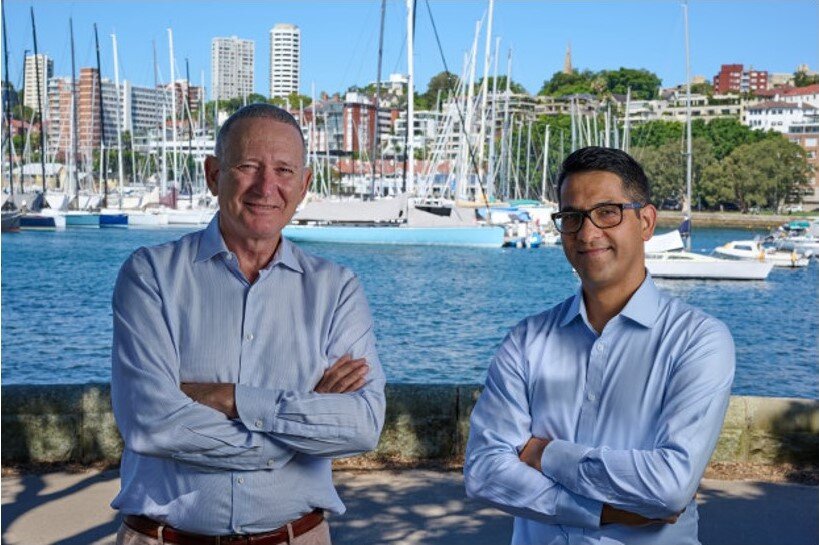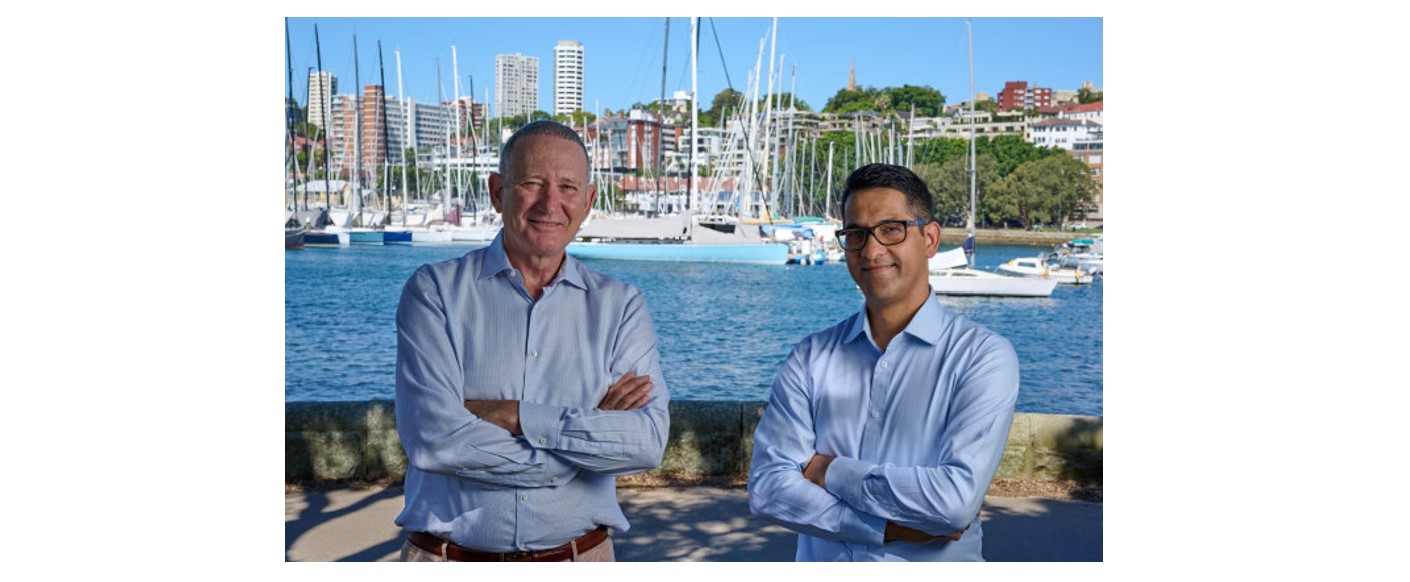
Below is Vesna Poljak’s Australian Financial Review Monday Fundie article ‘The disruption strategy that outgrew Tesla′ which was originally published in the Australian Financial Review on 14 Feb 2022. For the original article on the AFR website, please click here.
Most investors with a basic grasp of the Netflix business model will agree: the streaming giant behind The Crown and Stranger Things spends a lot of money on content.
But what is arguably lost on the casual observer is that its investment in addictive viewing, about $US8 billion ($11.2 billion), is entirely self-funded, says Loftus Peak chief investment officer Alex Pollak.
In fact, Netflix bought back $US600 million of stock over the second and third quarters; it will be free cashflow positive from this year onwards; and for a $US183 billion market cap company, it has only about $US6 billion of net debt.
When Netflix shares fell 21.8 per cent on January 21 on disappointing subscriber growth, it became the face of a torrid quarter for tech megacaps. It was soon unseated by Facebook parent Meta Platforms, which fell 26.4 per cent on February 3.
“Facebook’s got an existential challenge. And it is real, right? Netflix doesn’t have an existential challenge; they’ve just got a surprise,” the fund manager says. “So Netflix isn’t over, not by a country mile.”
Facebook is trying to reinvent itself as a leader in virtual reality and metaverse applications as its historically reliable advertising revenue comes under threat from Apple’s privacy settings and regulators. Facebook itself estimated the changes within iOS come at a cost of $US10 billion in 2022 revenue.
“Companies don’t change the very nature of the way that they operate without some serious realisation of big problems ahead,” says Pollak. “They should have understood that there will come a time when third-party data, because of privacy rules, would be less available. And they didn’t.”
One quarter of pain
Loftus Peak’s global disruption fund returned 21.2 per cent after fees in 2021, slightly below its benchmark’s 25.3 per cent. But since inception in 2016, it has beaten the market by 9.8 per cent on average, achieving returns of 25.4 per cent a year.
One quarter of Netflix pain does not invalidate Loftus’ thesis.
“I was a media analyst for 20-something years before I did this job. And I can tell you that as a matter of fact, subscriber growth, whether it’s on Kayo, or Foxtel, or it’s 4K, Comcast or Time Warner Cable, anywhere that you go, subscriber growth is never linear,” Pollak says. “We took some heat in Netflix, we don’t think it will be there forever.”
He recalls that the media commentator Scott Galloway once said: “Advertising is a tax the poor and the technologically illiterate pay.”
Netflix solves that problem for some households. But for others, there is Roku, a hardware-led streaming service with 56.4 million active users who can view its most basic service offering for free.
“Roku is to ad-funded streaming what Netflix is to subscription-funded streaming,” the fund manager says.
“You know, Coca-Cola doesn’t want to buy 20 minutes of inventory on a local television station in Sheboygan. They want to be able to say, ‘I want this many viewers, but this demographic, at this time in these places’.” Roku, which owns its operating system, can provide that to advertisers at a programmatically derived price, he says.
Roku has been a tidy source of alpha for the strategy for several years now.
A more substantial source of returns is the semiconductors sector, which Loftus has described to investors as the tools that enable disruption, or “the equivalent of pick and shovel makers in a gold rush”, being Qualcomm, ON Semiconductor, AMD, ASML, Nvidia and TSMC.
“We avoided the high-priced application-like stocks – Facebooks, Squares, those sorts of things – on the basis that the prices were high,” Pollak says. “But we saw that one way to play it, as it were, was to play the companies that provide the systems on which those companies run.”
Qualcomm beat consensus last quarter with revenue of $US10.7 billion, up 30 per cent for a record result. AMD reported revenue of $US4.8 billion, up 49 per cent, and also a record. Consequently, semiconductor stocks have suffered smaller losses in the big tech drawdown of 2022.
“We’ve got the best of both worlds,” says Pollak. “We viewed them as a mechanism to play disruption and growth at much lower cost with much more upside, and much less risk.”
For this, he credits portfolio manager and co-founder Anshu Sharma, who was a semiconductor analyst for a decade before joining Loftus Peak, which has itself expanded to a team of 18 and about $240 million under management, doubling every 18 months.
“A smarter man you wouldn’t meet,” Pollak says of Sharma. “He’s truly a secret weapon.”
The silicon content in cars 10 years ago was $50, in the next five years that will grow to more than $3000, it is estimated. “That’s incredible, right? People want their sat-nav to work, and they want the airconditioning to work, and they want over-the-air updates to their cars. Irrespective of whether they’re electric or not, silicon content has gone up dramatically.
“Where do you buy the silicon from? The chip companies.”
Goodbye Tesla, hello VW
Loftus Peak has never owned a lithium stock, which is presently the preferred shorthand for ASX investors to trade the electric vehicles theme.
“It’s not because we don’t believe in the long-term future of lithium, obviously that’s huge,” Pollak says. “But there’s a lot of political concerns and a lot of quality concerns.” It’s difficult, he says, as an investor to buy lithium producers “safely”.
Nor is the strategy any longer invested in Tesla, having made a ten-fold return.
“The companies that will do the best are the companies that can amortise that huge investment in the move to electric across the largest number of cars and brands, and VW, which makes 10 million cars and is the largest carmaker in the world, is the choice for that.
“If you’re just doing the one motor 10 million times, you get tremendous economies of scale there which allows you to concentrate on other things.”
According to Morgan Stanley research, Volkswagen already has 10 per cent market share of battery electric vehicles sold worldwide, behind Tesla and almost tied with GM based on 2021 data.
“You’re going to need a balance sheet and a big one, you’re going to need really significant cashflow,” Pollak says. “If your fleet is only a million, or 2 million or 3 million cars a year, you’re never really going to get the economies of scale.”
Before Loftus invests in a company, it will arrive at a fact-based valuation using discounted cashflows projected over the next 10 years.
Pollak is not interested in earnings multiples (“worth nothing”). “If a company is trading at an EV to EBITDA multiple of 15 or 25 or 35, what does that tell you about what it will grow [to] in three years’ time?” Focusing on the cashflow is the better guide, he argues.
“When we looked at Tesla, I said we could see a path to $US60 billion of revenue. And then three to five years later on, you can see a path to $US120 billion of revenue.” It simply needed to sell a sufficient number of vehicles.
“Your assumption of cashflow will be wrong, but you don’t have to get the cashflow right. You just have to get the framework on a five- to seven-year basis right. So if you back out the calculation of the Tesla stock price, it needs to sell between eight and 10 million cars.
“Well, that’s not risk-free. So it doesn’t stack up for us.”
When the fund sold Tesla, on that logic, it left some returns on the table; Tesla would eventually hit $US1243 a share; it’s now at $US860. “When the valuation ceases to be able to make sense to us, we sell it, even if it’s a sexy company,” Pollak says.
Share this Post


